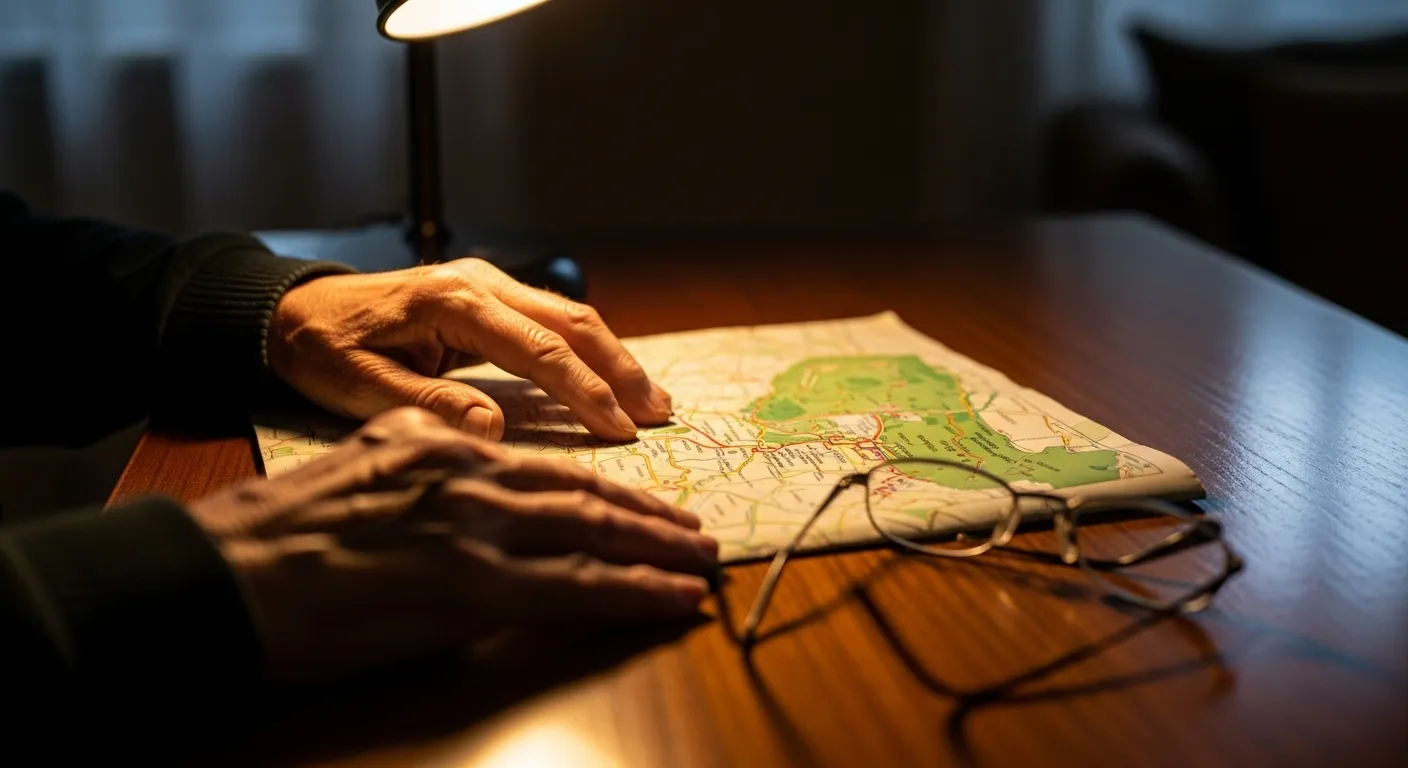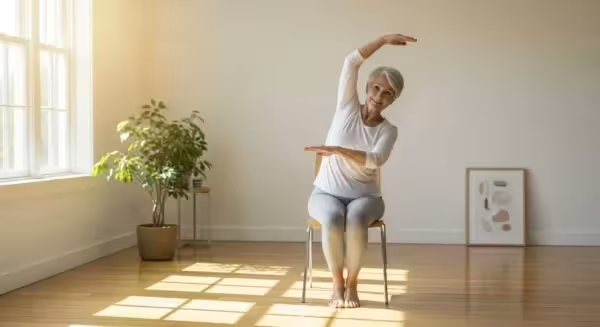
A Step-by-Step Guide to Staying Active Safely
The key to a successful winter fitness plan is having a variety of safe and accessible options. This guide provides a range of ideas for both indoor and outdoor activities, with safety as the top priority. Remember to always begin any exercise session with a 5-minute warm-up, such as marching in place and gentle arm circles, to prepare your muscles and joints for movement.
Safe and Effective Indoor Workouts
Your home can be transformed into a personal gym with no special equipment required. These indoor workouts focus on building strength, balance, and flexibility in a controlled, safe environment.
1. Chair-Based Exercises: A sturdy, armless chair is an excellent piece of fitness equipment. Sit tall with your feet flat on the floor.
- Seated Marching: While seated, lift one knee toward your chest, then the other. Alternate for 1-2 minutes to get your heart rate up gently.
- Leg Extensions: Extend one leg straight out in front of you, hold for a count of three, and then slowly lower it. Repeat 10 times on each leg to strengthen your quadriceps.
- Seated Bicep Curls: Holding a can of soup or a small water bottle in each hand, bend your elbows and lift the weight toward your shoulders. Lower slowly. Perform 10-12 repetitions.
- Gentle Torso Twists: Cross your arms over your chest and gently twist your upper body from side to side. This helps with spinal mobility.
2. Standing Exercises with Support: Use a kitchen counter, sturdy table, or the back of a chair for balance and support. Never use a chair with wheels.
- Wall Push-ups: Stand a little more than arm’s length from a clear wall. Place your palms on the wall, slightly wider than your shoulders. Slowly bend your elbows and lean your body toward the wall, then push back to the starting position. This is a great way to build upper body strength. Aim for 8-10 repetitions.
- Counter-Supported Leg Lifts: Holding onto a counter for balance, slowly lift one leg straight out to the side. Hold for a moment, then lower it with control. Repeat 10 times, then switch to the other leg. This strengthens the hip muscles, which are crucial for stability.
- Heel-to-Toe Walking: Practice walking in a straight line, placing the heel of one foot directly in front of the toes of the other. Do this alongside a wall or counter you can touch for support. This is a fantastic exercise for improving balance.
3. General Indoor Activities:
- Stretching: Incorporate gentle stretches into your daily routine. Stretch your calves, hamstrings, and shoulders while watching television or waiting for water to boil. Hold each stretch for 20-30 seconds and never bounce.
- Mall Walking: If you have a local indoor shopping mall, it can provide a safe, climate-controlled environment for walking. The floors are level, and there are places to rest if needed.
- Dancing: Put on your favorite music and simply move. Dancing is a joyful activity that improves cardiovascular health, coordination, and mood all at once.
Enjoying the Outdoors with Smart Cold-Weather Tips
If you enjoy the fresh winter air, a brisk walk can be wonderful for both body and soul. Following these cold-weather tips is essential for your safety and comfort.
1. Dress in Layers: This is the most important rule. Layers trap air, which acts as an insulator, and allow you to adjust your clothing if you get too warm.
- Base Layer: The layer against your skin should be made of a moisture-wicking material (like synthetic fabrics or merino wool), not cotton. Cotton holds sweat, which can make you feel cold and damp.
- Middle Layer: This is your insulating layer. A fleece jacket or wool sweater works well.
- Outer Layer: This should be a windproof and waterproof jacket to protect you from the elements.
2. Protect Your Extremities: Your head, hands, and feet are most susceptible to cold. Always wear a warm hat, insulated gloves or mittens, and warm, non-cotton socks. A scarf or neck gaiter can be pulled up to protect your face and warm the air you breathe in.
3. Choose Proper Footwear: Wear waterproof boots with deep treads for good traction. For extra security on potentially icy days, consider purchasing a pair of ice grippers or cleats that can be stretched over your existing boots.
4. Pick Your Time and Path Wisely: Aim to walk during the warmest, brightest part of the day, typically mid-afternoon. Stick to paths that have been cleared of snow and salted. Be extra vigilant and scan the ground ahead of you for black ice, which can be nearly invisible.
5. Stay Hydrated: It’s easy to forget to drink water when it’s cold, but you still lose fluids through breathing and perspiration. Drink a glass of water before you go out and after you return.















